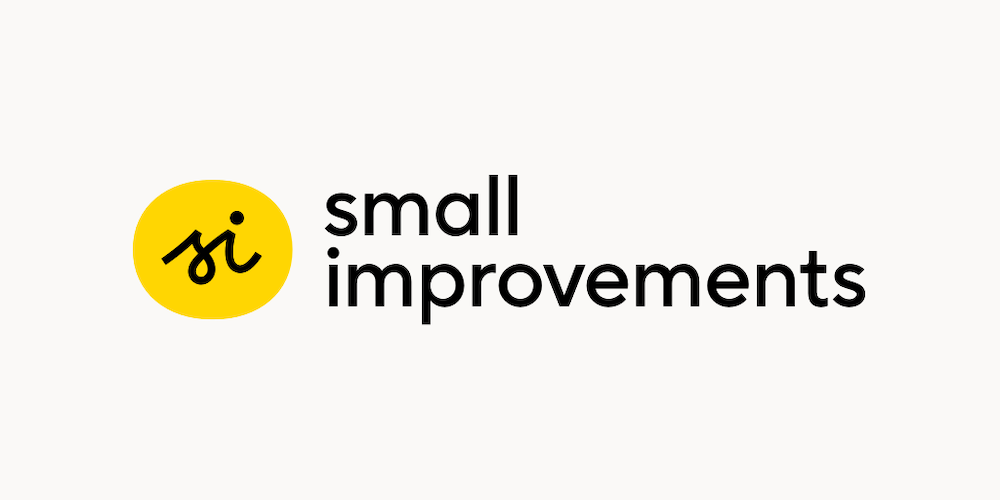In the past four weeks we wired $120k to charities around the world. Many companies are donating to charities these days, but who decides where the money goes to?
Our donations program started in 2014 and was heavily inspired by my time at Atlassian, where 1% of profits went to a charity called „Room to Read“. That program was great (and has evolved into a proper foundation since). But two things had irked me about it as an Atlassian employee: 1% of profits felt low, and why should only the CEOs decide on where the money goes, when it was the team who earned the money.
So in an evolution of the concept, every SI employee gets their „own“ budget, and can distribute their share to up to 3 charities of their own liking. This has worked exceedingly well over the years. Our donations budget has grown from an initial $32k in 2014 to $120k this year (full list at bottom of page), this year around everyone was in charge of $7500, the process remained simple, and in total we’ve donated $650k since 2014.
This makes me very proud, and I frequently hear that that staff consider the program one of our top “perks”. I believe that it would be great if more companies established such programs, so here you’ll find some ideas on getting started.
Getting started
So if you’re busy planning this year’s perks budget and have money to spend, or are considering donations but are unsure how to convince your boss, why not start something similar? It doesn’t have to be 2% of revenues, many companies pledge 1% of profits, which can still lead to big amounts over time. Or just pick any arbitrary amount that your company can part with. The key point being – do include your staff in the charity-picking.
Especially when it’s as simple as our process it doesn’t require you to go through legal nor long explanations, you don’t need to pledge anything publicly either, let alone set up a foundation. The only things we had to think about longer than just five minutes are summarized here – but as you can see it’s still fairly easy:
Nominations process
I believe it’s really important that everyone has their own budget. It may be tempting to let staff vote on just a handful of charities, in order to keep the amount of donations small. Or to let the whole donations be managed by some outside organization. But I worry that such “simplifications” just lower engagement and increase the amount of discussions. If you’re a fairly small company, you’ll probably be fine with our simplistic approach: Everyone nominates 3 charities for a total budget of X (in our case $7500), and a handful of staff check that nothing odd shows up. You could pre-compile a list of 25 “common” charities so that those employees with no strong opinion end up with the same set of charities, resulting in fewer different donations. But I think you’ll notice that many people just love discussing who to donate to, and will want to pick something they truly care about.
Anonymity
Picking the right charities can feel very personal to staff, so we think anonymity is important. In our case it has been sufficient that our accountant collects the nominations and anonymizes the list before we share it internally or externally. Team Leads or CEOs won’t know who picked what. In a larger company a single person may not be sufficient, it might be wise to let staff propose a handful of “trusted anonymizers”, and staff can then send their charity selection to the person they prefer. That would be slightly more work upfront, but still very manageable.
Revenues rather than profits
You may have heard about the 1% pledge, where companies typically donate 1% of their profits. Many big companies are donating big amounts of money this way, which is fantastic. For us as a much smaller company though, this felt way too small. We could have said “5% of profits” or something similar, but another challenge with profits was that we tended to reinvest a large share of our profits (before they even became official profits) into new hiring. So the more we hired, the less we’d donate, making planning harder. A share of revenues rather than profit felt much easier to keep track of.
Donations vs Bonus Program
In the wake of Corona we’ve reorganized our employee bonus program, aligning it strongly with the financials of the company. Bonus payments happen every 6 months, and the bigger the profits in that half-year, the bigger the bonus for every employee. To avoid a competition between bonuses and donations (“let’s reduce donations so our bonus become higher”), the donations are taken out of my „CEO-share“ of the profit. Nobody’s bonus becomes smaller because of donations, except for mine. That keeps it simple.
With these four hints in mind, I hope you can create your own program in no time. I’d love to hear back if you made it – just drop me a note to per@small-improvements.com!
List of this year’s donations
| Doctors Without Borders | $13.000,00 |
| VDAY | $3.750,00 |
| EJI | $3.750,00 |
| UN Women | $3.750,00 |
| Terre des Femmes | $3.750,00 |
| Dana-Farber Cancer Institute | $3.750,00 |
| Light of Life | $3.750,00 |
| S.A.F.E Refuge of Central Texas | $3.750,00 |
| The Safe Alliance | $3.750,00 |
| Zirkus Cabuwazi Marzahn | $3.750,00 |
| SOS-Familienzentrum Berlin | $3.750,00 |
| Clean Air Task Force | $3.750,00 |
| Charity Water | $3.750,00 |
| SOS Barnbyar | $3.750,00 |
| Berliner Stadtmission – Kältehilfe | $3.750,00 |
| Berliner Krebsgesellschaft | $3.000,00 |
| Impact Kenya | $3.000,00 |
| First Nations | $3.000,00 |
| Refugee Council UK | $2.500,00 |
| Mc Donald’s Kinderhilfe | $2.500,00 |
| Rise foundation Berlin | $2.500,00 |
| Operation Second Chance | $2.500,00 |
| Fondacioni 17 | $2.500,00 |
| PAWS | $2.500,00 |
| Greater Chicago Food Depository | $2.500,00 |
| Growing Home | $2.500,00 |
| The Amazon Conservation Team | $2.500,00 |
| Initiative Togo Action Plus | $2.500,00 |
| Give something back to Berlin | $2.500,00 |
| Fridays for Future | $2.500,00 |
| Deutsche Umwelthilfe | $2.500,00 |
| Sea Watch | $2.500,00 |
| Diné C.A.R.E. | $2.500,00 |
| Sierra Club Foundation | $2.000,00 |
| OJQ Autizimi | $2.000,00 |
| medico international | $2.000,00 |
| Peacekeeper Society | $2.000,00 |



